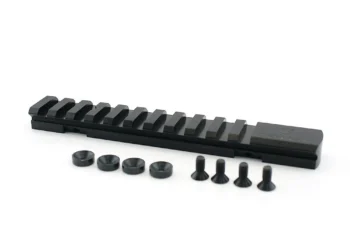The popularity of headless architecture is exploding in modern web development. Why businesses are turning to headless content management systems solutions?
In this post, Drupfan explains what Drupal training and headless Drupal means, how it works, and how you can benefit from headless CMS
What is Headless Drupal?
Many years ago, web developers used to build sites from monolithic architecture or, in other words, ‘coupled’ content management systems. Coupled platforms lack flexibility and make the development process challenging.
In headless (decoupled) Drupal, the front end is built separately from the backend. As a result, Drupal offers unlimited web development flexibility, as well as rich functionality and responsiveness for your online business.
Headless Drupal Benefits
- Faster content delivery
Headless Drupal web performance is higher than monolithic’s which allows for faster content delivery. This means, that users get quick web responses to their requests and, as a result, get a positive user experience from the interaction with your site.
- High level of security
Decoupled Drupal is famous for its advanced level of web security. Separating the front end from the back end makes it harder for hackers to attack the website. Besides, ongoing security updates provide a solid defense against DDoS attacks and malicious code.
- Responsive design
Headless architecture makes it easier to optimize the website, so it looks and functions well on any device, including mobiles, tablets, etc.
- Flexible web development
Headless Drupal offers more flexibility over front-end web development with the help of React, Vue, or Gatsby frameworks.
- Easy 3rd party integrations
An API-first approach helps web developers easily set up 3rd party integrations rather than build everything from scratch.
Benefit from the Headless Drupal Today!
Now is the time to skyrocket your online business with headless Drupal 9 advantages. Contact Drupfan specialists if you are interested in decoupled Drupal web development.







